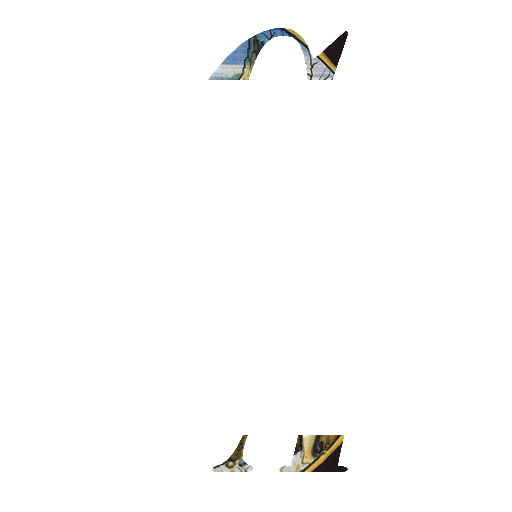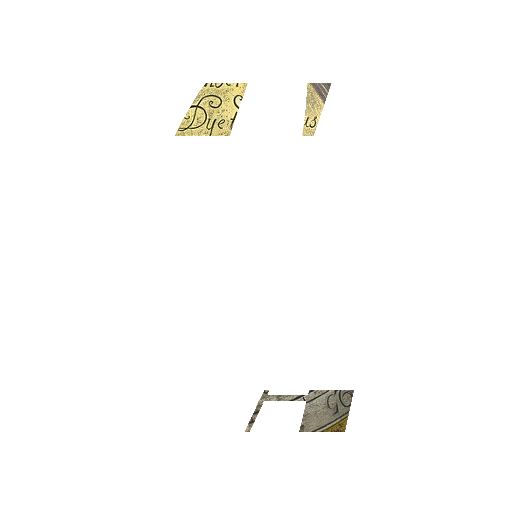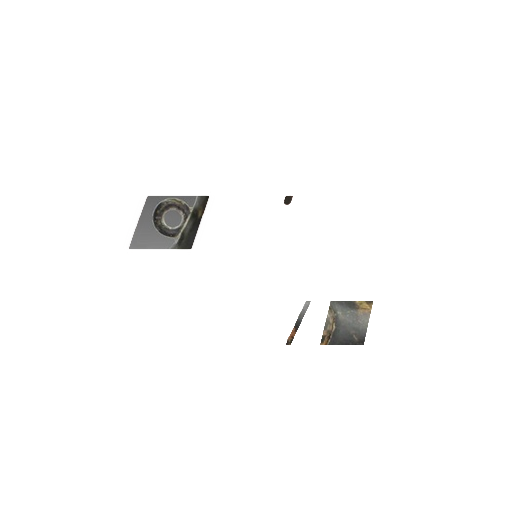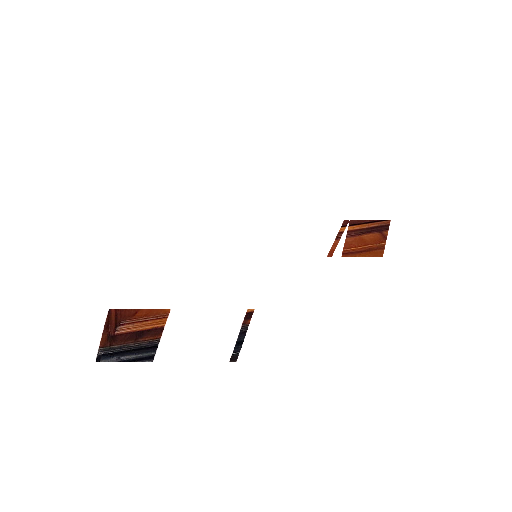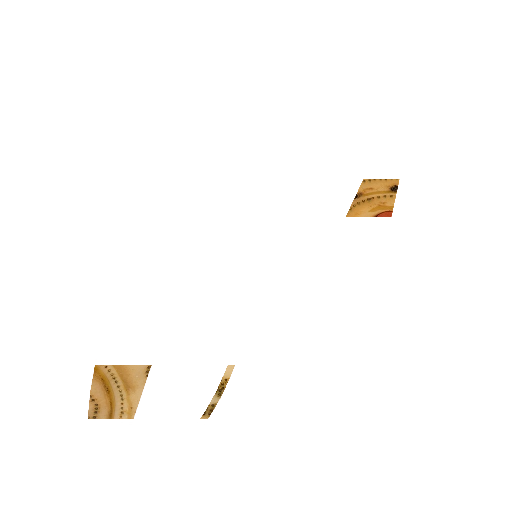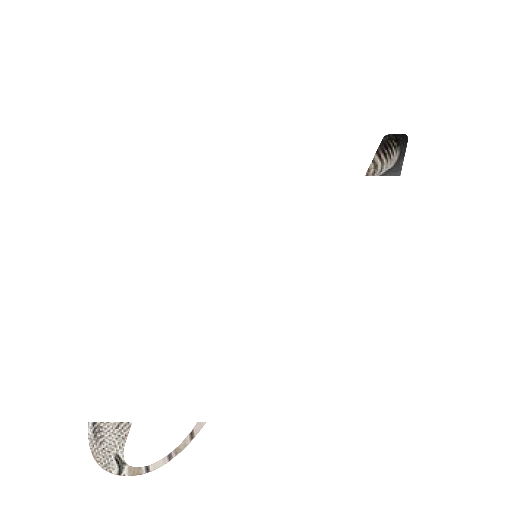The first coins were developed independently in Iron Age Anatolia and Archaic Greece, India and China around 600–700 BCE. Coins spread rapidly in the 6th and 5th centuries BCE, throughout Greece and Persia, and further to the Balkans.
Standardized Roman currency was used throughout the Roman Empire. Important Roman gold and silver coins were continued into the Middle Ages (see Gold dinar, Solidus, Aureus, Denarius). Ancient and early medieval coins in theory had the value of their metal content, although there have been many instances throughout history of the metal content of coins being debased, so that the inferior coins were worth less in metal than their face value. Fiat money first arose in medieval China, with the jiaozi paper money. Early paper money was introduced in Europe in the later Middle Ages, but some coins continued to have the value of the gold or silver they contained throughout the Early Modern period. The penny was minted as a silver coin until the 17th century.
Coins are common in "Fine Furnishings and Decorated Arts auctions" at Centurion Auctioneers which are held regularly. Yet, when a large collection is consigned, we dedicate an auction entitled "Centuries of Currency"
Should you have any questions in regards to Coins that you might wish to evaluate or to list in future auctions, please visit the CONTACT page , the VALUATIONS page or the REQUEST INFORMATION page or send an email to Centurion Auctioneers - info@centurion-auctions.com
Standardized Roman currency was used throughout the Roman Empire. Important Roman gold and silver coins were continued into the Middle Ages (see Gold dinar, Solidus, Aureus, Denarius). Ancient and early medieval coins in theory had the value of their metal content, although there have been many instances throughout history of the metal content of coins being debased, so that the inferior coins were worth less in metal than their face value. Fiat money first arose in medieval China, with the jiaozi paper money. Early paper money was introduced in Europe in the later Middle Ages, but some coins continued to have the value of the gold or silver they contained throughout the Early Modern period. The penny was minted as a silver coin until the 17th century.
Coins are common in "Fine Furnishings and Decorated Arts auctions" at Centurion Auctioneers which are held regularly. Yet, when a large collection is consigned, we dedicate an auction entitled "Centuries of Currency"
Should you have any questions in regards to Coins that you might wish to evaluate or to list in future auctions, please visit the CONTACT page , the VALUATIONS page or the REQUEST INFORMATION page or send an email to Centurion Auctioneers - info@centurion-auctions.com
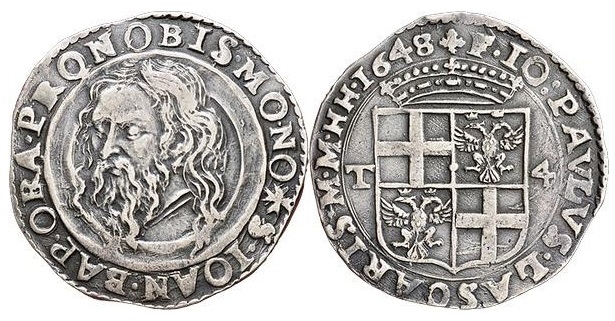
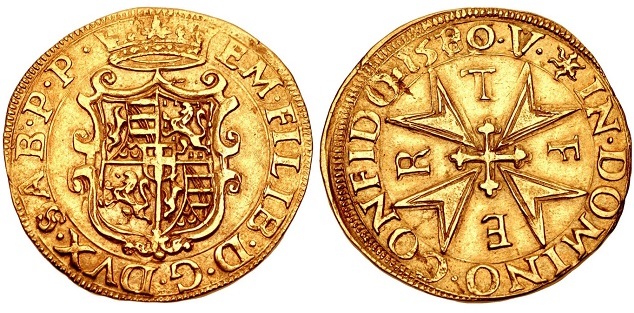

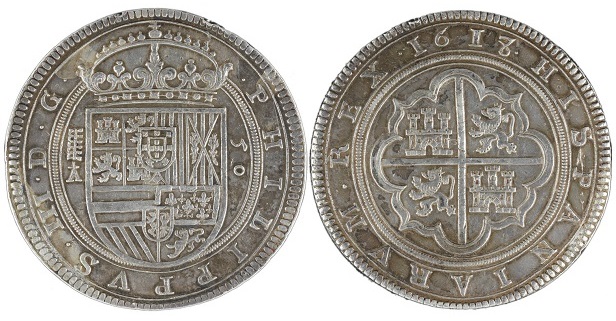
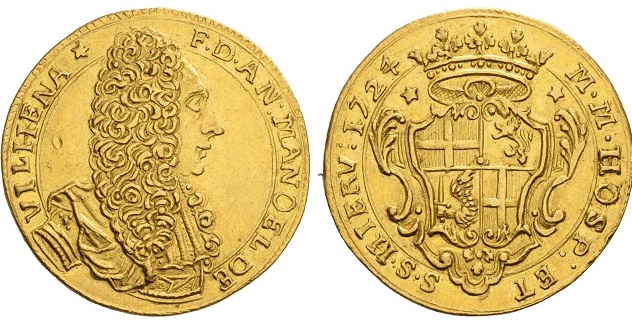
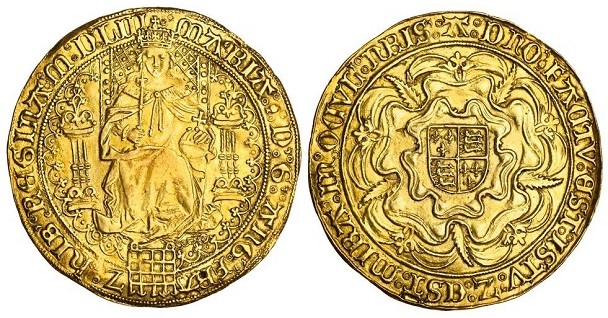
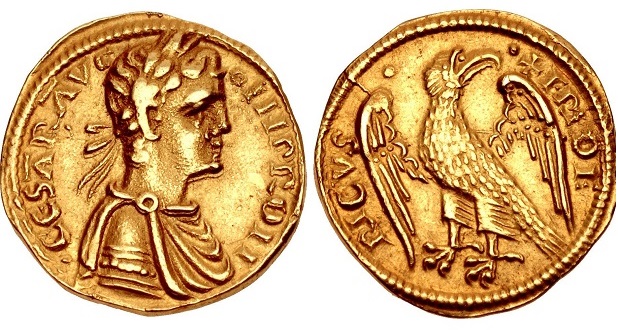
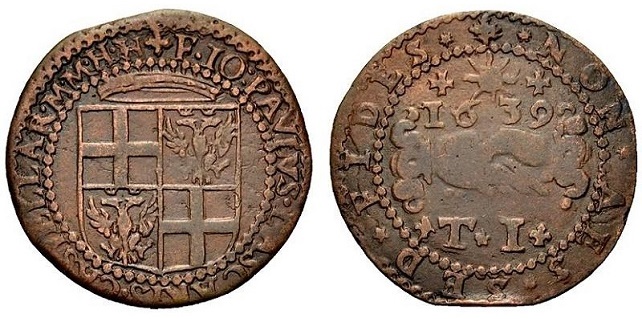
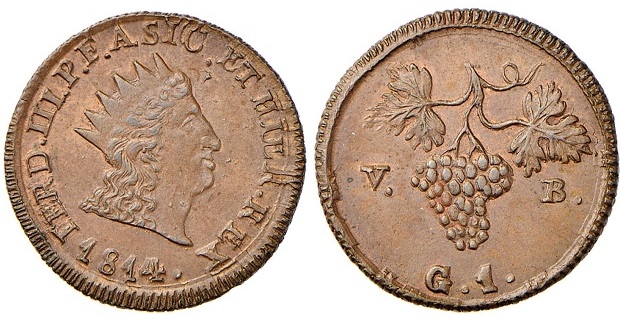
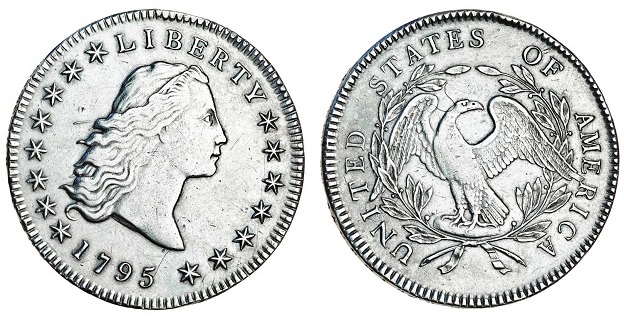
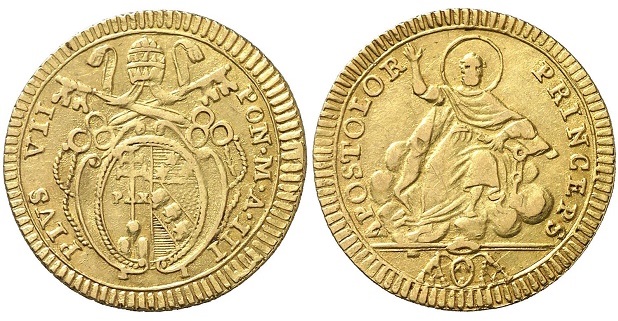
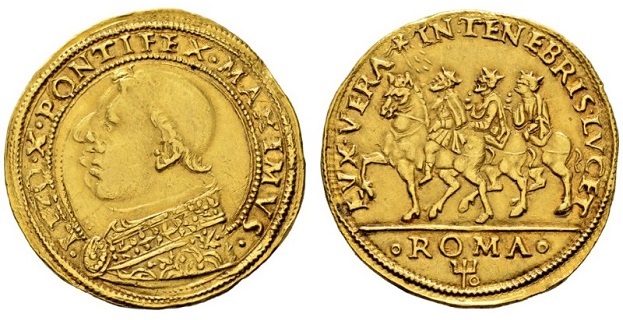
JEAN PAUL LASCARIS 1636–1657
36 g
Sold €550 Schulman b.v. auctions
EMANUELE FILIBERTO 1538-1580
6.60 g
Sold $6,500 Classical Numismatic Group
CHRISTOPH BERNHARD VON GALEN 1650-1678
20.64 g
Sold £10,000 Morton & Eden auctions
PHILIP III 1598-1621
52 g
Sold £18,000 St. James's Auctions
MANOEL DE VILHENA 1722-1736
13.78 g
Sold €8,000 Hess-Divo AG Auctions
MARY 1553-1558
16.64 g
Sold £26,000 Spink Auctions
FEDERICO I 1198-1250
2.62 g
Sold $18,000 Classical Numismatic Group
JEAN-PAUL LASCARIS CASTELLAR 1636-1657
5 g
Sold €50 Münzen & Medaillen Deutschland GmbH
FERDINANDO III 1814-1816
5 g
Sold €700 Nomisma S.p.a.
GEORGE WASHINGTON 1789–1797
40 g
Sold £2,200 Spink Auctions
PIUS VII 1800-1823
5.46 g
Sold €300 Áureo & Calicó
LEONE X 1513-1521
5 g
Sold €30,000 SINCONA AG













